The Flamingo Plant — known scientifically as Anthurium andraeanum — is one of those rare indoor plants that looks effortlessly elegant yet demands specific care behind the scenes. With its waxy, heart-shaped spathes and glossy dark-green leaves, it brings a touch of tropical luxury to any interior. But to keep that glamour alive, there’s one care factor that outweighs all others: light.
Understanding what kind of light your Flamingo Plant truly needs — and how to replicate its natural environment indoors — can make the difference between vibrant blooms and dull, lifeless foliage.

A Glimpse into Its Native Light Conditions
In the rainforests of Central and South America, Flamingo Plants grow under the canopy of tall trees. The light that reaches them is never harsh or direct — it’s filtered sunlight softened by layers of leaves above. This means they evolved to thrive under bright but indirect light, not in direct sun.
When you place an Anthurium indoors, your goal is to mimic that balance. Too much sunlight burns its delicate leaves, while too little leaves them limp and pale. The sweet spot lies somewhere between — bright, indirect illumination for about six to eight hours daily.
What “Bright Indirect Light” Really Means
Many people hear this phrase often in plant care but struggle to visualize it. Think of it as sunlight that’s bright enough to cast a faint shadow, but soft enough not to create sharp edges.
A good rule of thumb is to place your Flamingo Plant near an east-facing window where it can enjoy gentle morning rays filtered through a sheer curtain. If your window faces south or west, the light will be stronger and hotter — so diffusion becomes essential. A translucent curtain, frosted glass, or even positioning the plant a meter or two away from the window helps achieve this balance.
North-facing rooms can still work, provided they’re not too dim. If you need to squint to read a book near your Flamingo Plant, it’s not getting enough light.
Signs of Too Much Sunlight
When the sun is too direct, your Flamingo Plant will tell you quickly. Look for these warning signs:
-
Brown, crispy leaf edges
-
Faded or bleached spathes that lose their deep color
-
Wilting or curling during midday hours
This kind of leaf damage is irreversible, so prevention is key. Remember, glass windows amplify sunlight intensity. What feels mild to your skin can still scorch plant tissue.
When There’s Too Little Light
On the flip side, low light leads to slow growth, dark green but dull leaves, and a noticeable lack of blooms. The stems may grow longer as the plant stretches toward the nearest light source — a phenomenon called etiolation.
Flamingo Plants need sufficient light energy to produce their signature spathes and spadices. Without it, they enter survival mode, prioritizing foliage over flowering. If yours hasn’t bloomed in months, check its light exposure before reaching for fertilizer.
Artificial Lighting Options for Apartments
Urban living doesn’t always bless us with bright windows. Thankfully, Flamingo Plants adapt well to LED grow lights. Choose full-spectrum LEDs that replicate natural daylight (5000–6500K). Keep the light about 12–18 inches above the plant and run it for 10–12 hours daily.
Position the lights slightly off-center rather than directly overhead to mimic natural sunlight angles. This helps avoid leaf burn while encouraging even growth. Rotate the pot weekly to ensure all sides receive equal exposure.
Seasonal Adjustments and Placement Tips
Lighting conditions shift dramatically throughout the year. In winter, sunlight weakens and daylight hours shorten. Move your plant closer to a bright window during this time or increase artificial light hours slightly.
In summer, direct sunlight intensifies — particularly through west-facing windows — so pull the plant back or draw curtains during peak hours. Flamingo Plants thrive on consistency, so avoid frequent relocations unless absolutely necessary.
Room-by-Room Light Suggestions
If you’re unsure where to place your Anthurium indoors, here’s a quick guide:
-
Living Room: Near an east or south window with a sheer curtain.
-
Office or Bedroom: Under soft LED or fluorescent lighting.
-
Bathroom with Windows: Perfect — warm humidity plus gentle natural light.
-
Dark Corners: Use grow lights or reflective surfaces to bounce light.
The Science Behind Light and Flowering
Flamingo Plants are photosensitive bloomers, meaning their flowering cycle depends on light duration and intensity. Adequate brightness triggers hormones that signal the plant to produce spathes. Too little light, and the energy budget goes solely into sustaining leaves.
Think of it like this: light equals energy, and energy equals beauty. Without enough light, your Anthurium simply can’t afford to bloom.
When You’ve Found the Perfect Spot
You’ll know you’ve nailed it when:
-
Leaves appear firm, glossy, and deep green.
-
Spathes develop vivid color and last several weeks.
-
New growth emerges regularly without drooping.
Maintaining that perfect balance of brightness and shade is less about luck and more about observation. Once you find your plant’s “happy place,” resist the urge to move it often. Consistency is what fuels health and beauty.
Final Thoughts: Light as the Language of Growth
Every plant speaks the language of light, and Flamingo Plants are no exception. Their waxy sheen and long-lasting flowers are direct reflections of the light they receive daily. By giving them the same gentle, dappled brightness they’d find under the rainforest canopy, you’re not just keeping them alive — you’re helping them thrive.
In the end, the key to stunning, year-round Flamingo Plant blooms is simple: light that’s bright, filtered, and full of consistency. Get that right, and this tropical gem will reward you with lush, glossy leaves and blooms that look almost sculpted — living art that catches the light exactly as nature intended.


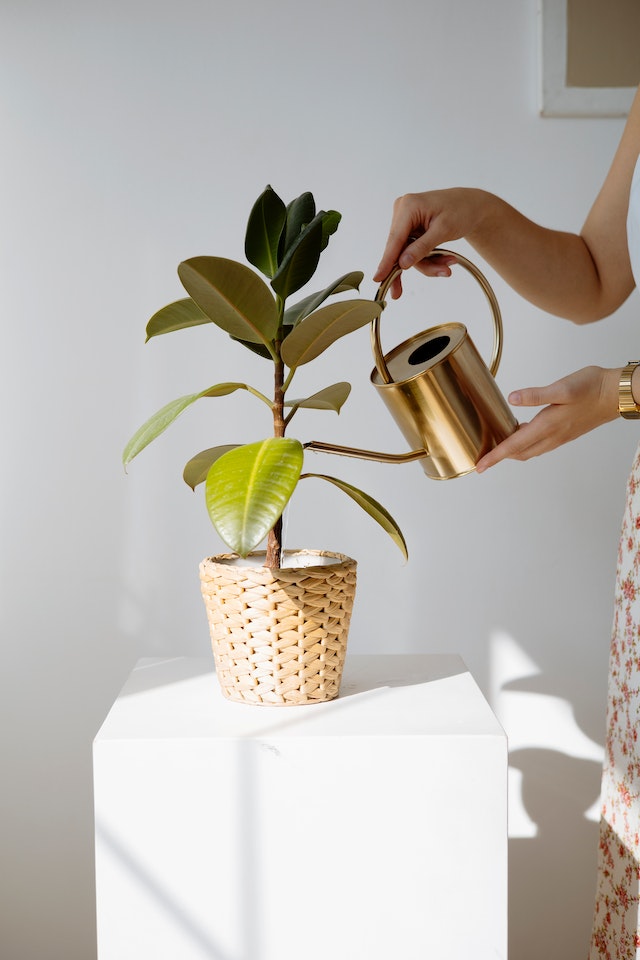

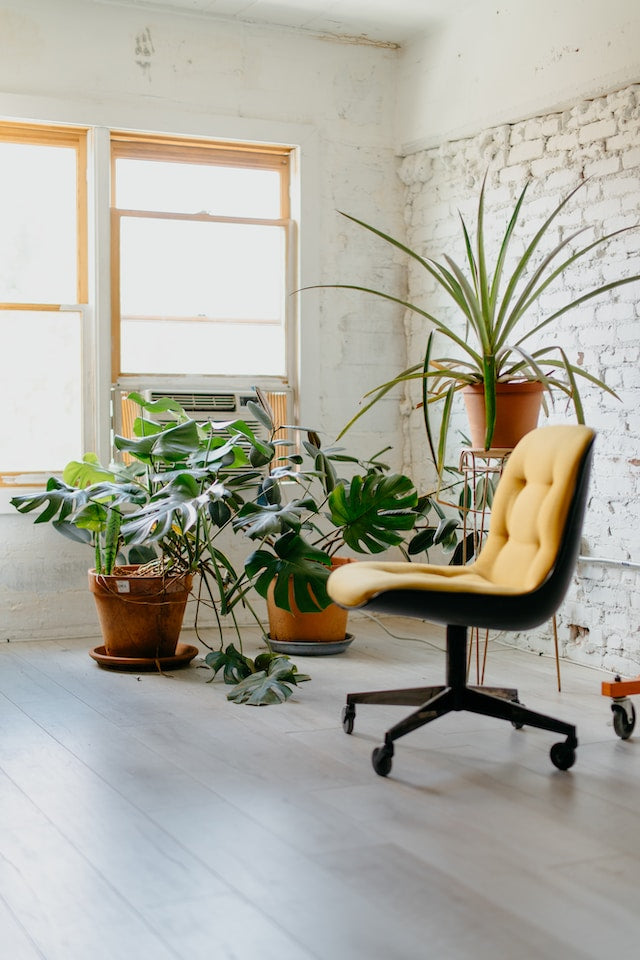
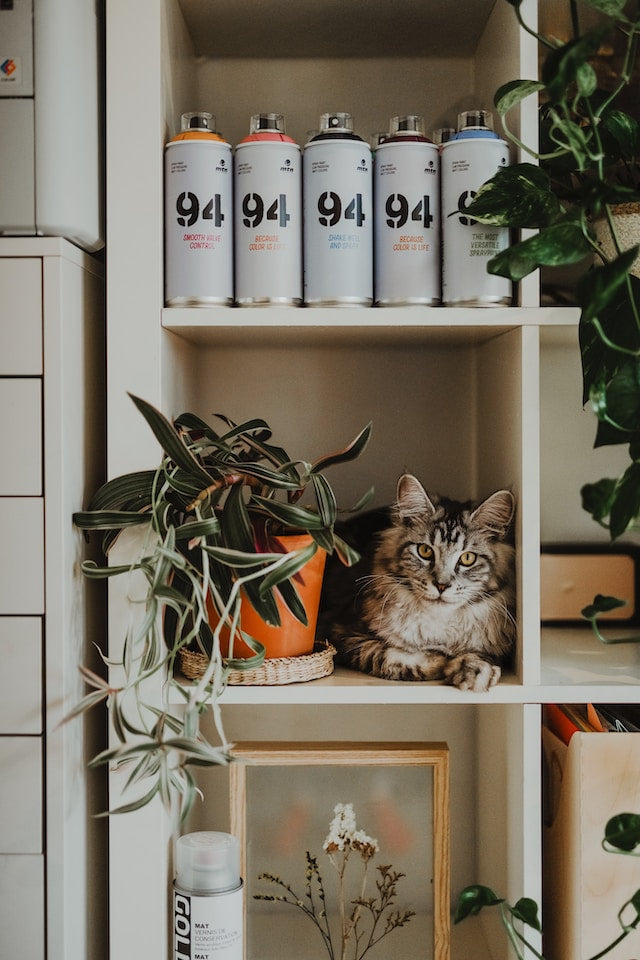
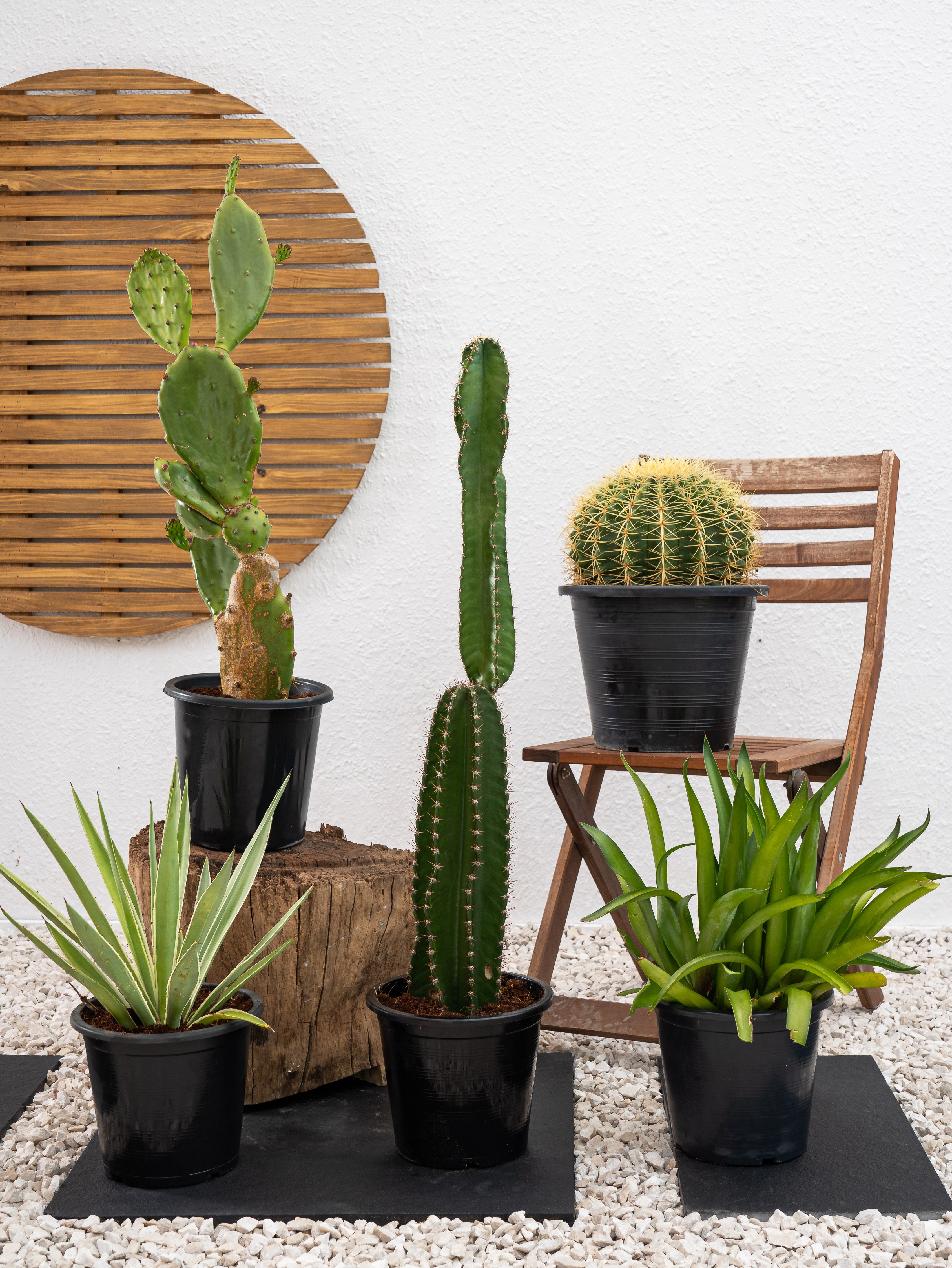
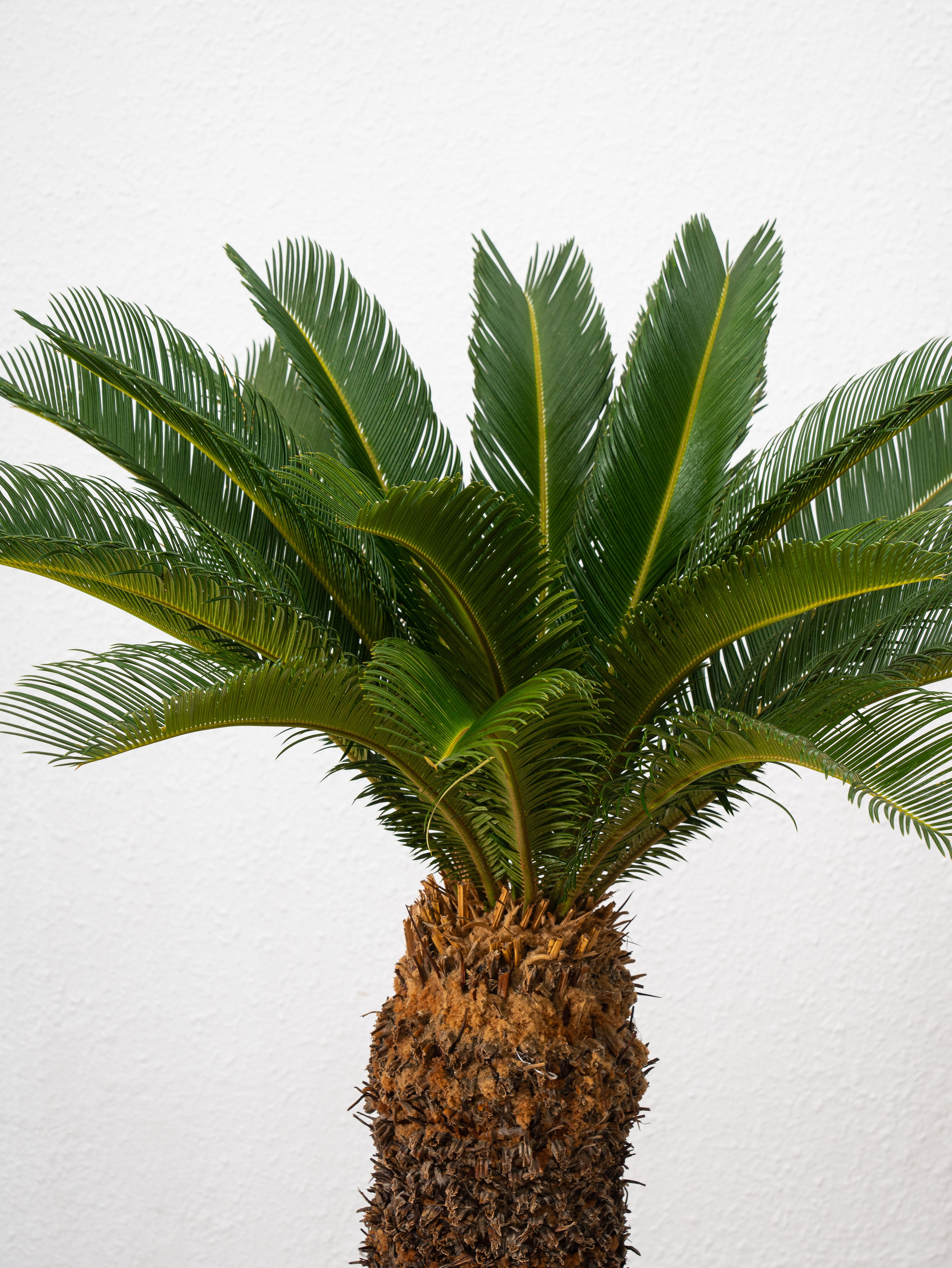
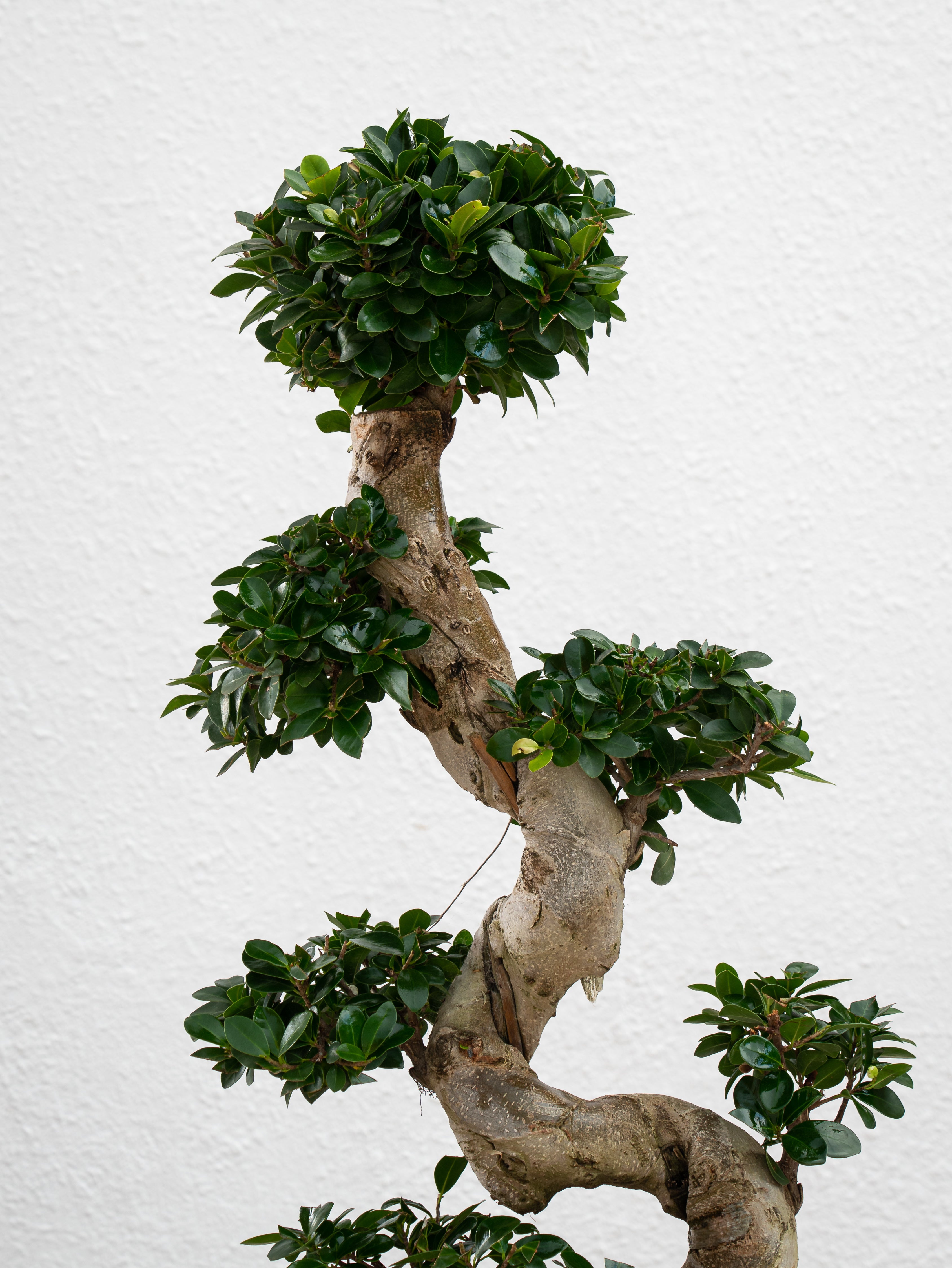
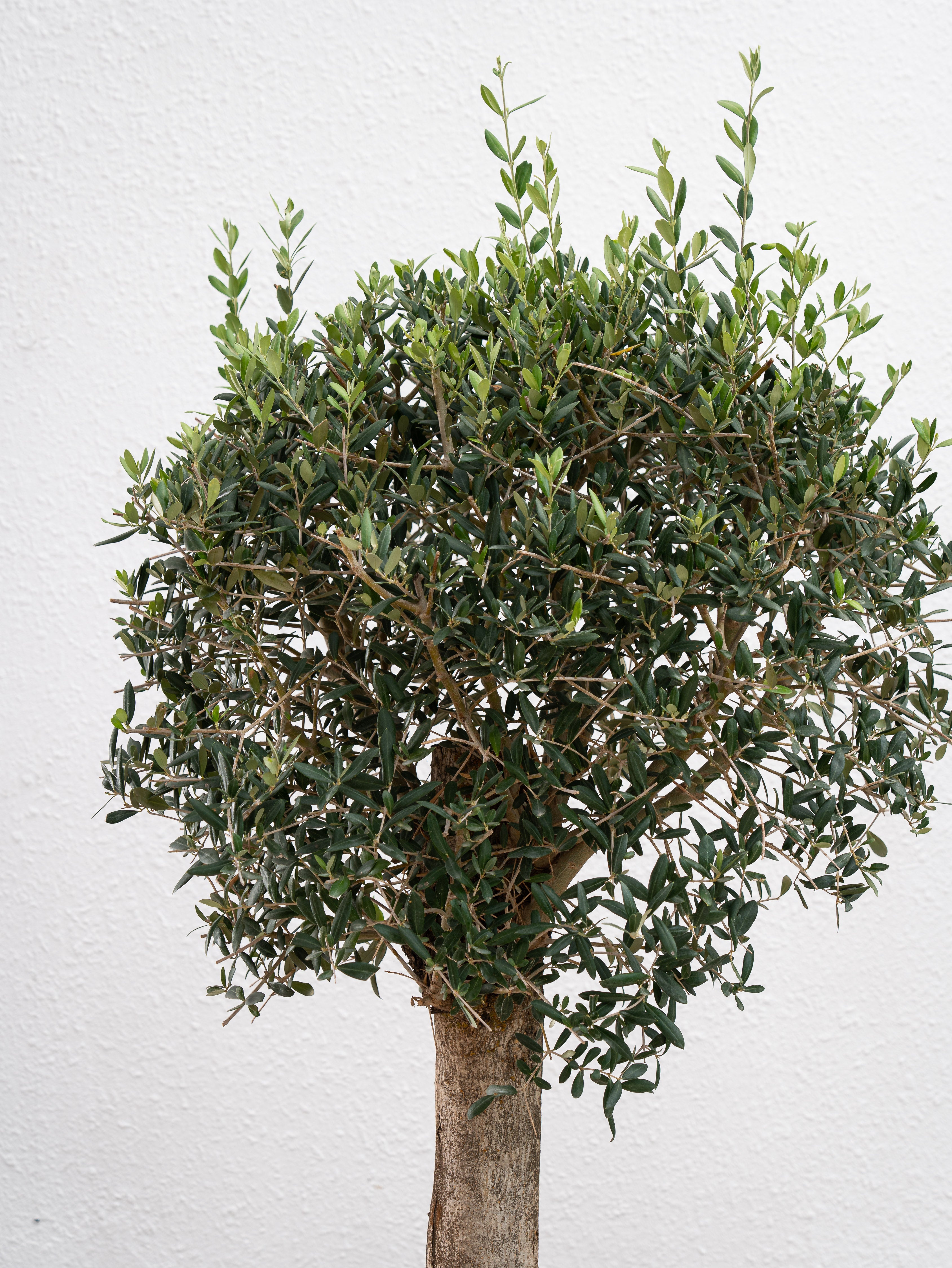
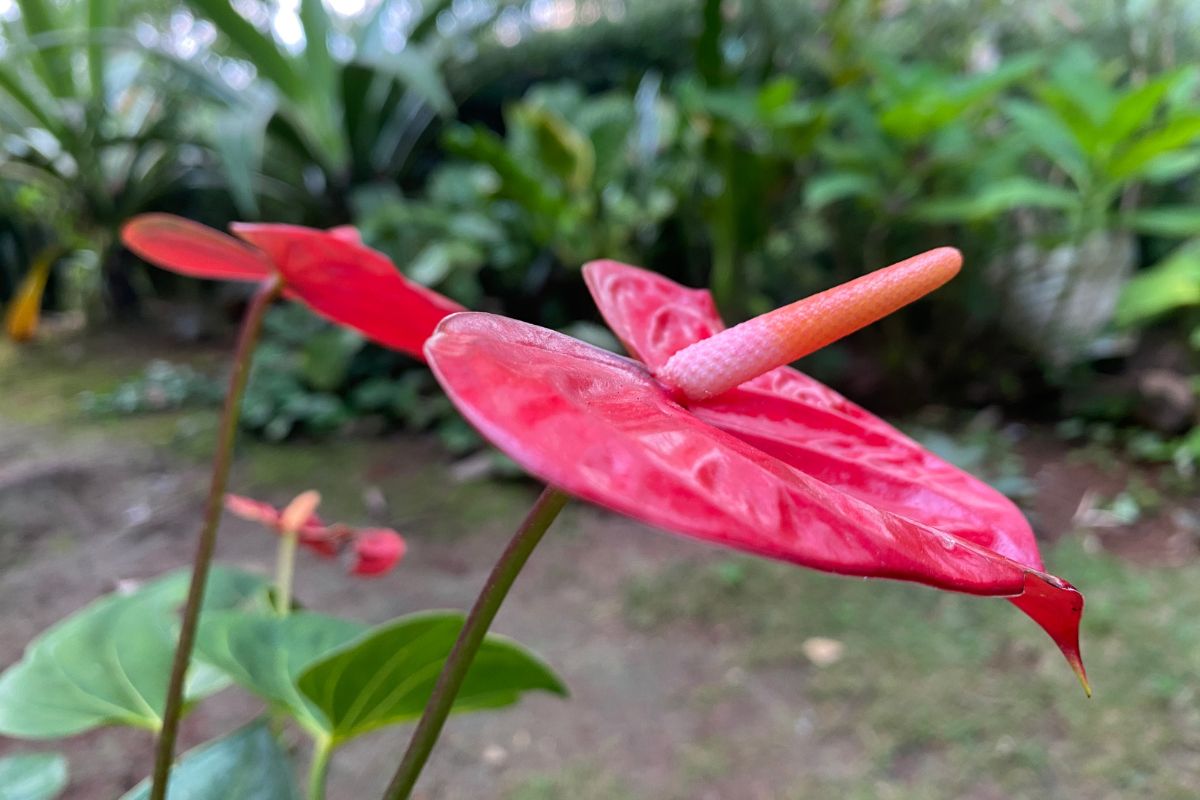
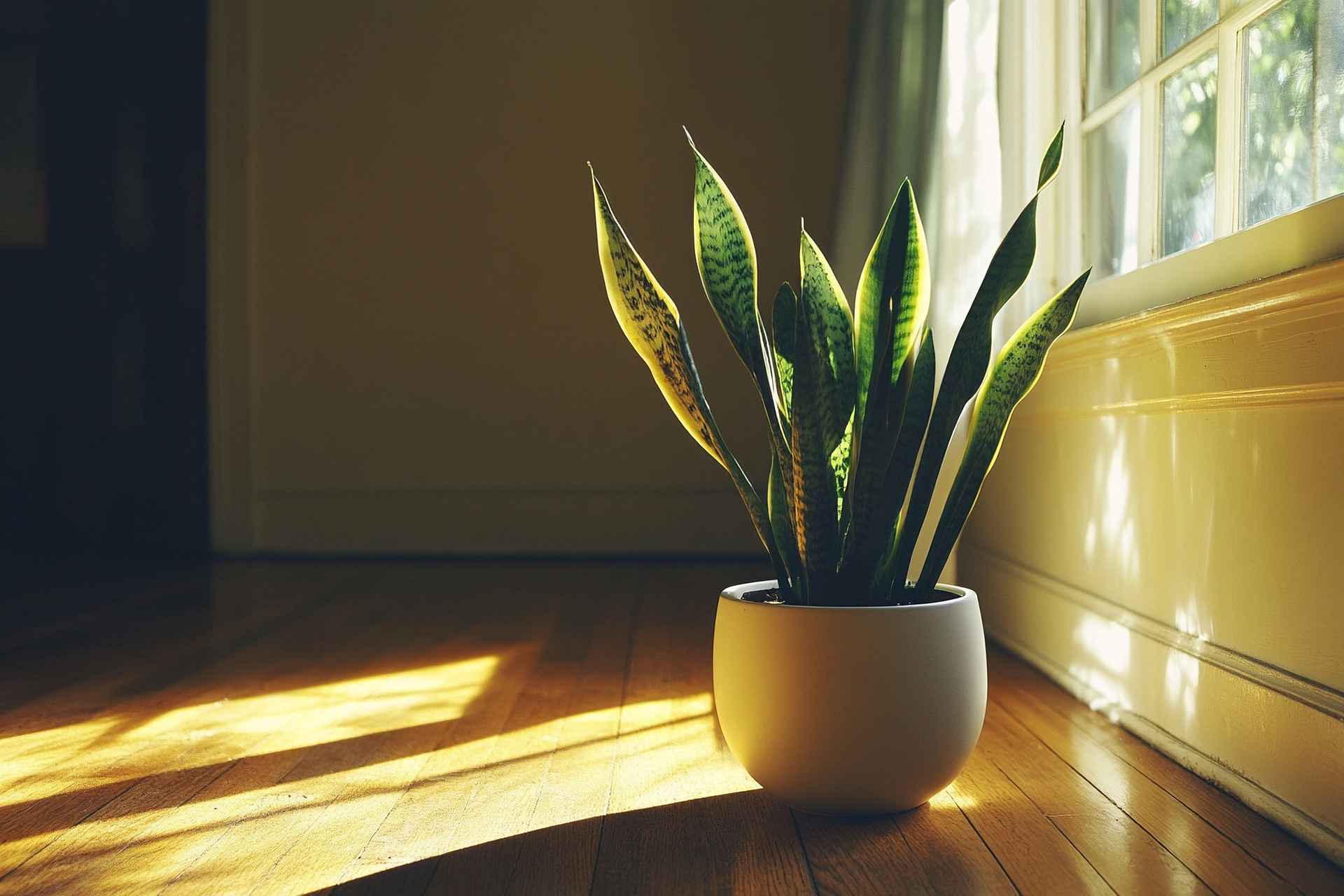
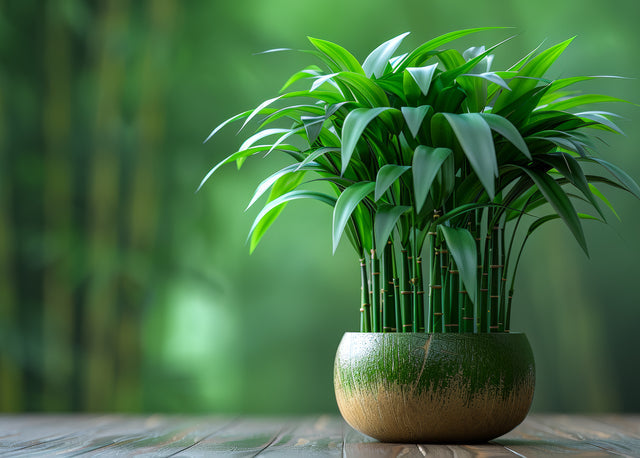
Leave a comment
This site is protected by hCaptcha and the hCaptcha Privacy Policy and Terms of Service apply.